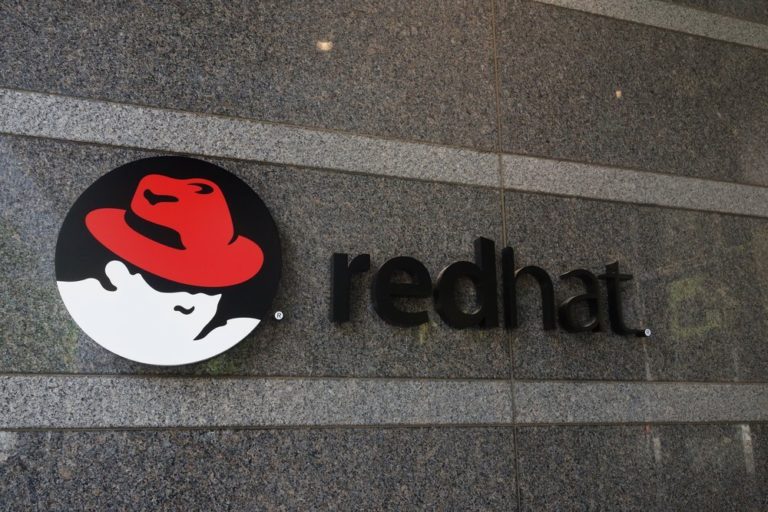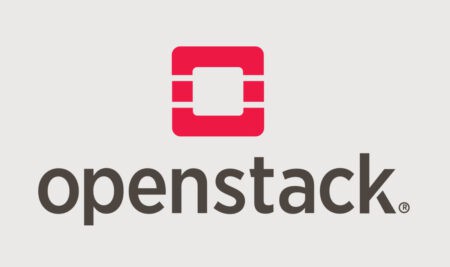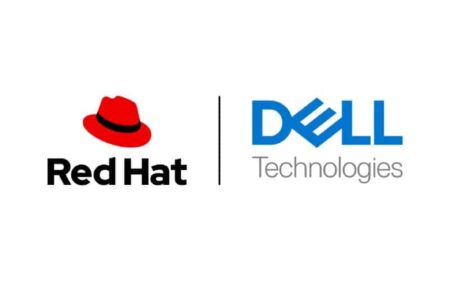Red Hat launched its latest OpenStack Platform 14 at the OpenStack Summit in Berlin. The platform aims to provide a single infrastructure offering for traditional, virtualized and cloud-native workloads.
Following IBM’s acquisition of Red Hat, users expected Red Hat to leave the OpenStack Infrastructure-as-a-Service (IaaS) cloud. Nothing could be further from the truth. Users can now also turn to the Red Hat OpenShift Container Platform for support in the area of Kubernetes container orchestration, among other things.
Red Hat OpenShift Container Platform
The adoption of Kubernetes is often an important part of the technology mix for digital transformation of companies. Some organisations require a scalable, flexible basis in order to realise their full potential. By better integrating the most comprehensive Kubernetes business platform in OpenShift, with the latest version of Red Hat OpenStack Platform, we provide a robust, more reliable foundation for cloud-native workloads, said Joe Fernandes, vice president of Cloud Vice at Red Hat.
The new OpenStack Platform 14 is said to be better than ever integrated with the Red Hat OpenShift Container Platform, regardless of whether it is used on bare metal or in a virtual machine. The latest OpenStack would have been built on top of the so-called OpenStack Rocky community release, a version known for its significant bare-metal improvements in Ironic, the bare-metal provisioning module and in Nova, the corresponding provisioning program for computer copies.
New possibilities
Red Hat claims to take advantage of both improvements by automated provisioning of bare metal and virtual infrastructure resources in its OpenShift Container Platform. A combination that the company believes offers new opportunities, such as automated implementation of production-ready, high-availability Red Hat OpenShift Container Platform clusters, which would provide a path to continuous operations without a point of failure.
In addition to integrated networks that enable OpenShift container-based and OpenStack virtual workloads from the same tenant to connect to the same virtual network (Kuryr), automated use of built-in OpenStack-load balancer services for front-end container-based workloads and use of built-in OpenStack object storage to host container registries more efficiently.
In addition, companies with director-based scale-out and scale-in Red Hat OpenShift nodes could expand or withdraw resources as workload requirements change. The new Red Hat OpenStack Platform 14 would also extend its integration with Red Hat Ansible Automation, Red Hat’s DevOps tool.
IBM Power architecture and x86 processors
In addition, the latest version claims to include processor scalability for new and extreme workloads, such as artificial intelligence, improved storage availability, management, data migration and security through improved integration with Red Hat Ceph Storage.
The latter includes the ability to share the same Cinder storage volume across multiple virtual machines. It also supports both x86 processors and the IBM Power architecture. Something that makes it possible to set up OpenStack cloud to run on commercial x86 servers as well as on mainframes.
This news article was automatically translated from Dutch to give Techzine.eu a head start. All news articles after September 1, 2019 are written in native English and NOT translated. All our background stories are written in native English as well. For more information read our launch article.


















